Bryan County Rural Water District #2 Water Supply Improvements
Working with the County, Garver planned improvements to meet 20-year planning goals, which would increase capacity and reduce strain on the Blue River.
Bryan County is situated on the Oklahoma-Texas border and has experienced rapid growth in recent years. While this rapid rate of growth has been great for the local economy, the impact forced a moratorium on new developments and has required Bryan County Rural Water District No. 2 (BCRWD No. 2) to explore and implement new ways to sustain level of service throughout their system.
Currently, the system relies on two primary water supplies: groundwater wells in the Antlers Aquifer and raw water from the Blue River. The existing water treatment plant (WTP) treats raw water from the Blue River, which is then combined with the groundwater and delivered to end-users. Garver was hired to deliver a Water Supply Improvements Engineering Report (ER) and help BCRWD No. 2 continue to provide excellent service to its customers.
In the ER, Garver identified both water supply shortages and water distribution system challenges. The ER identified new groundwater wells, a WTP expansion, and an expanded arterial water main along with a new elevated storage tank (EST) to meet its 20-year planning goals. Garver developed these improvements in a two-phased approach, in consideration of construction sequencing and funding.
Phase 1 is planned to primarily include the expansion of the WTP, replacement of the Blue River raw water intake pump station, new arterial water main, and a new EST. These improvements in the distribution system will allow for new developments to begin connecting to the system again, as well as provide for new planned commercial connections in the system. Phase I improvements are anticipated to meet overall water demands within the system for up to 10 years at the current rate of growth. Planning and design of phase 2 will begin during the implementation of phase I.
An increase in WTP capacity will require increased raw water pumping from the Blue River and thus is planned to occur concurrently. The current raw water intake pump station, located in a floodplain, is in poor condition. The WTP expansion will include the addition of new high-rate, plate settling clarifiers, new filtration trains, and the rehabilitation of various other facilities within the plant.
These improvements will provide the capacity and redundancy needed to meet continued growth and water supply goals over the 20-year planning horizon. These improvements will also include provisions for future expansions to allow for continued progress toward continued long-term growth beyond the current design year.
Phase 2 will expand the groundwater well field by adding up to five new wells. This will increase the overall water supply while also reducing strain on the Blue River and improving BCRWD No. 2’s drought resilience.
The project has included several unique challenges. First, Garver committed to an aggressive schedule. Because BCRWD No. 2 has received a $9 million ARPA grant, Garver must have a substantial portion of the project completed by the end of 2026.
Garver will work closely with its stakeholders every step of the way to increase efficiency in the design and construction process. Second, its stakeholders not only include BCRWD No. 2, but also the Choctaw Nation of Oklahoma. BCRWD No. 2 and Choctaw Nation are partnering together to provide a redundant water supply for the Tribe and, as such, are providing funding for portions of the expansion.

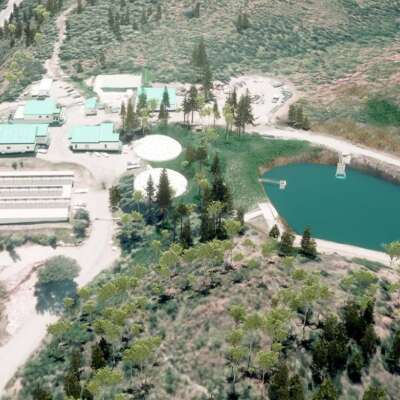
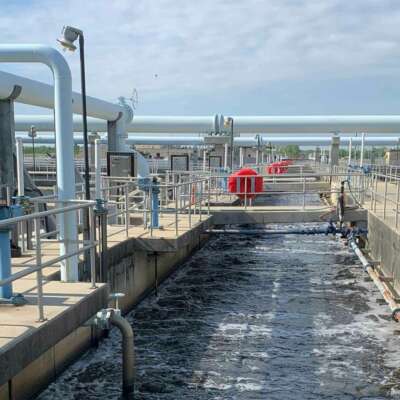


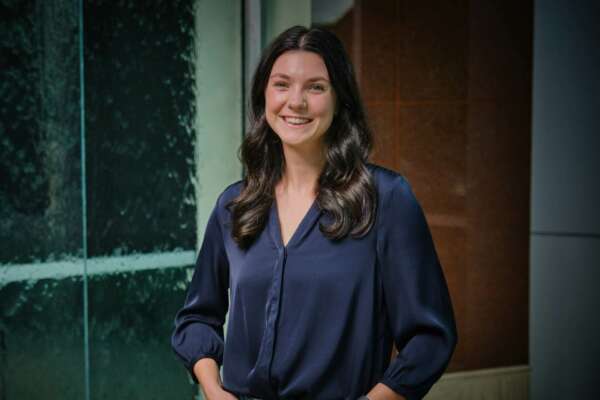

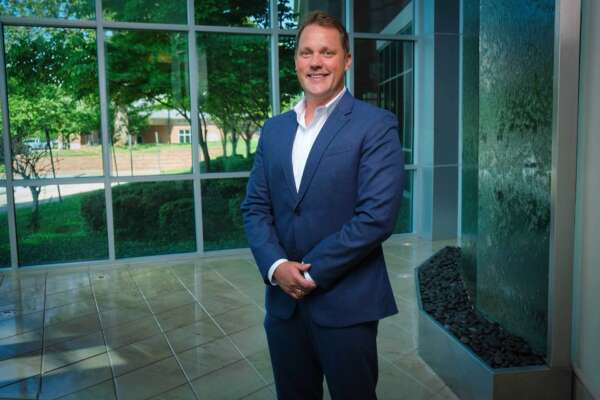
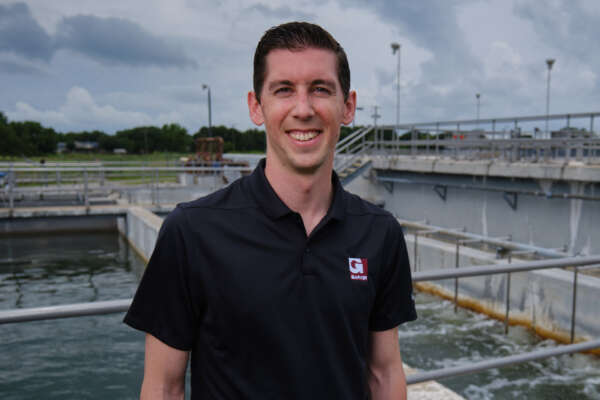




Share this article